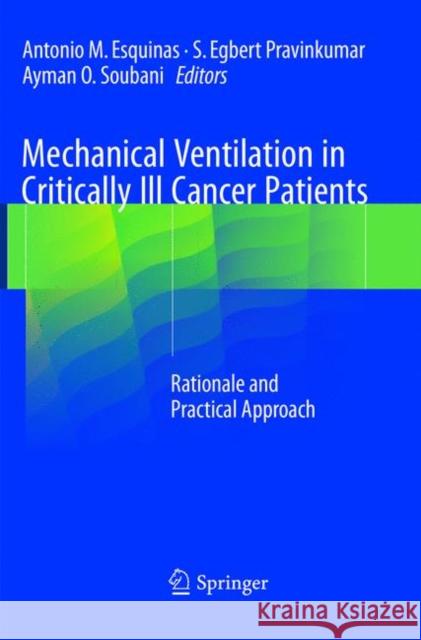Mechanical Ventilation in Critically Ill Cancer Patients: Rationale and Practical Approach » książka
topmenu
Mechanical Ventilation in Critically Ill Cancer Patients: Rationale and Practical Approach
ISBN-13: 9783319841168 / Angielski / Miękka / 2019 / 368 str.
Kategorie BISAC:
Wydawca:
Springer
Język:
Angielski
ISBN-13:
9783319841168
Rok wydania:
2019
Wydanie:
Softcover Repri
Ilość stron:
368
Oprawa:
Miękka
Wolumenów:
01











